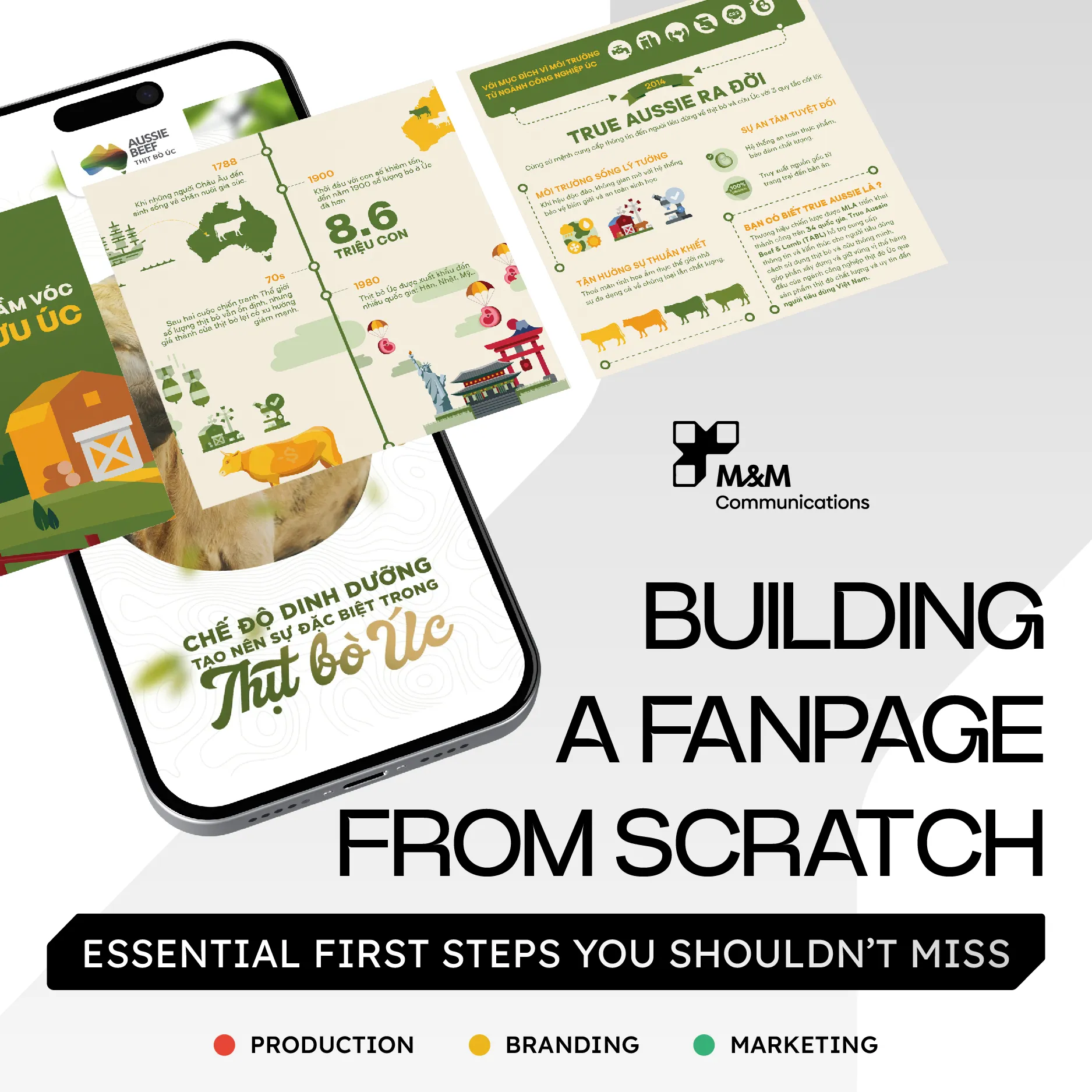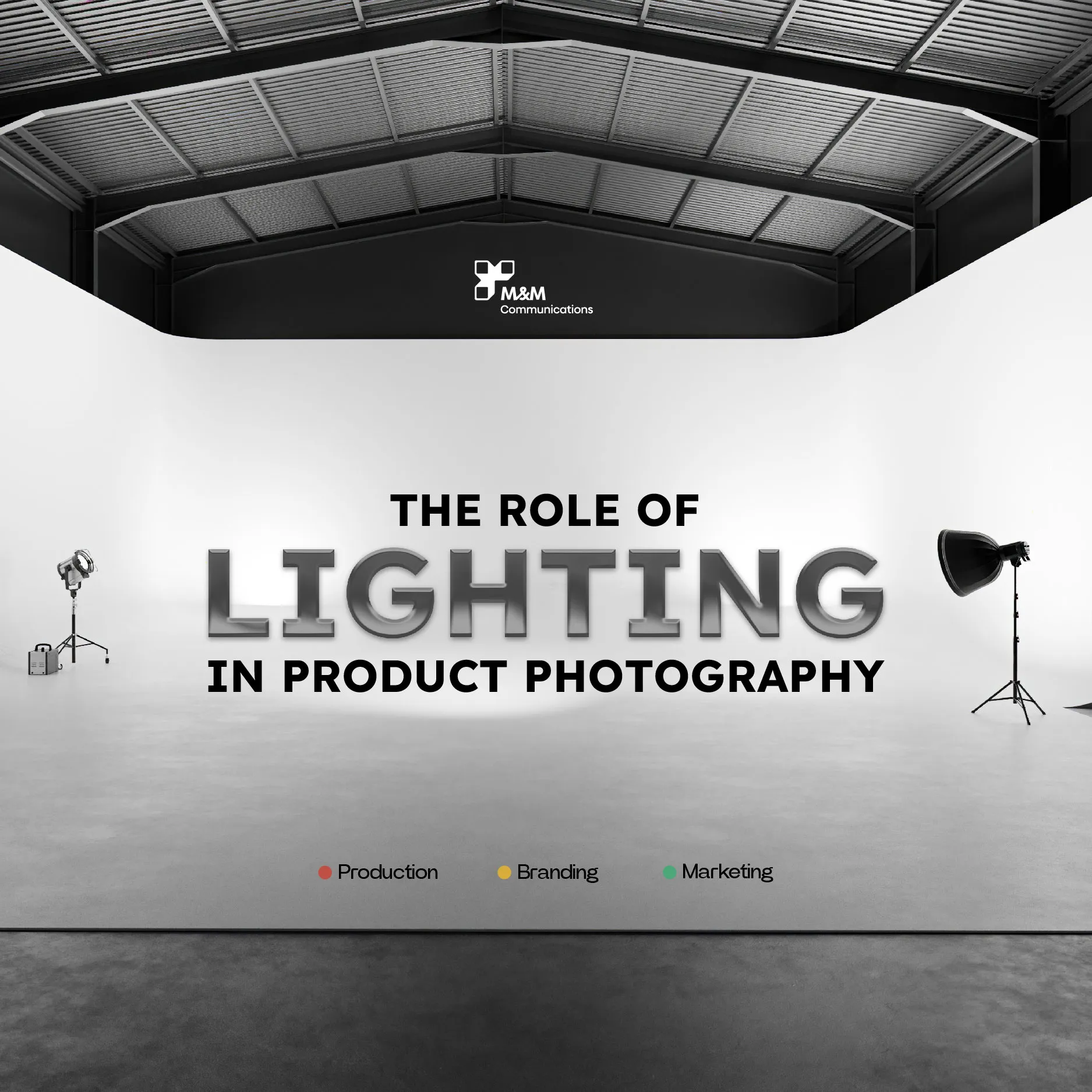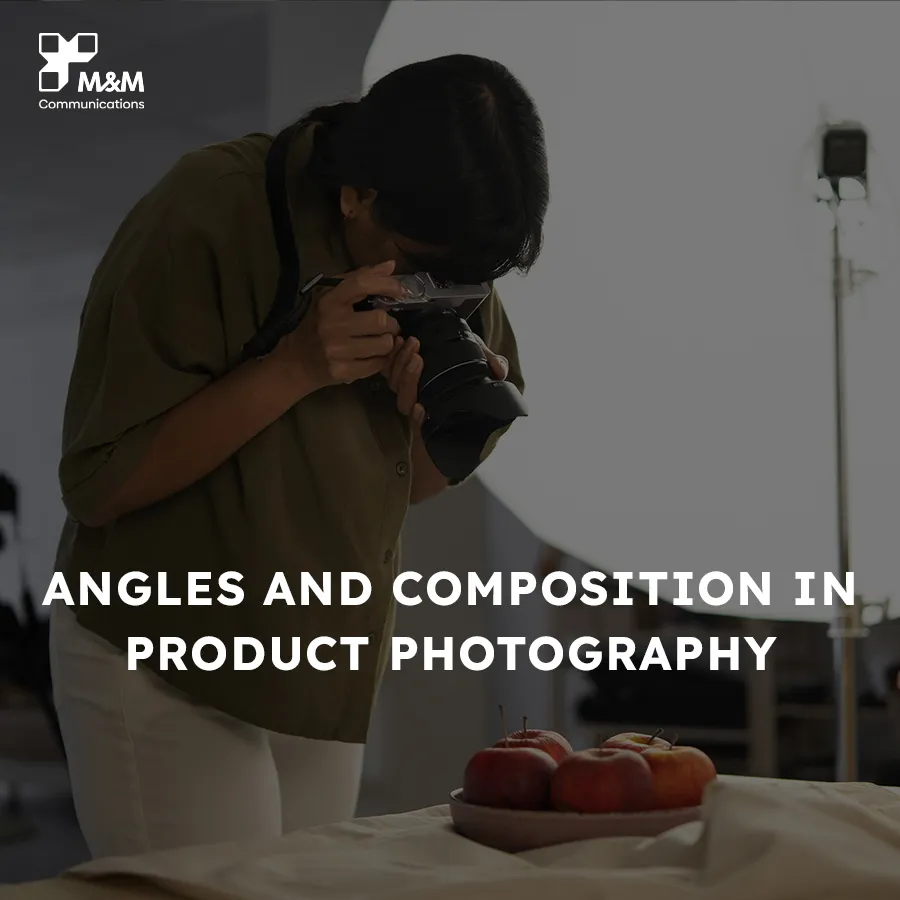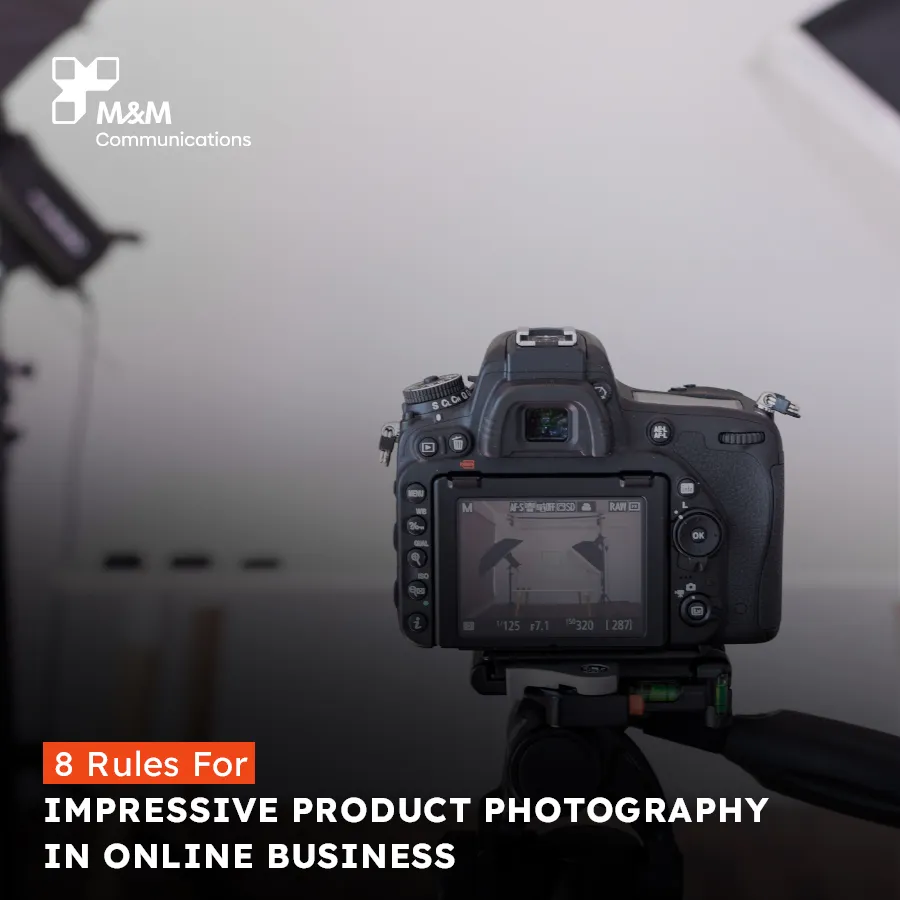
Product photography is one of the most crucial elements in online business. High-quality product images not only attract customers but also contribute to increasing sales. To achieve impressive product photos, here are 8 important rules to keep in mind:
1. Use Natural Light

Lighting is a decisive factor in the quality of product images. When photographing products, prioritize natural light. Natural light not only makes the product look more realistic but also helps display accurate colors.
Tips:
Shoot near a window or outdoors on days with good lighting.
Avoid direct sunlight as it can create harsh shadows and lose product details.
Use sheer curtains to soften natural light if necessary.
2. Invest in Quality Photography Equipment
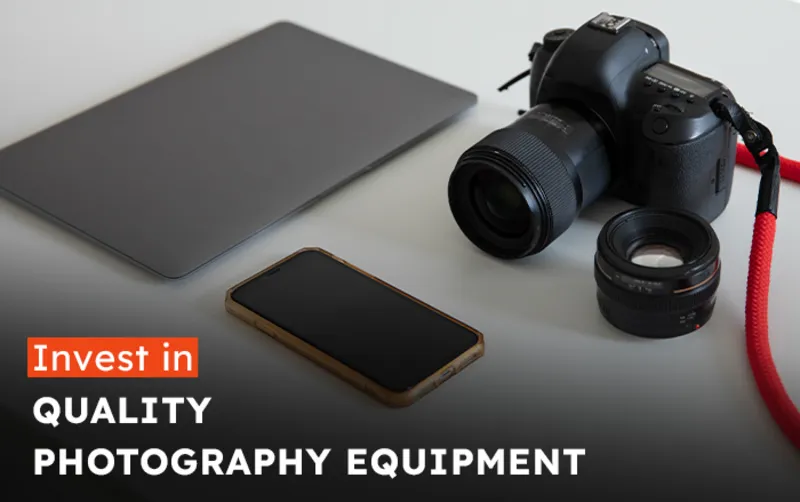
Good photography equipment is equally important. A high-resolution camera with a good lens will help you capture the smallest details of the product.
Tips:
If you can't afford a professional camera, you can use a smartphone with a high-quality camera.
Invest in a tripod to keep the camera steady, avoiding shake that can blur the image.
>>> 8 steps to prepare for a product photo session
3. Choose the Right Background
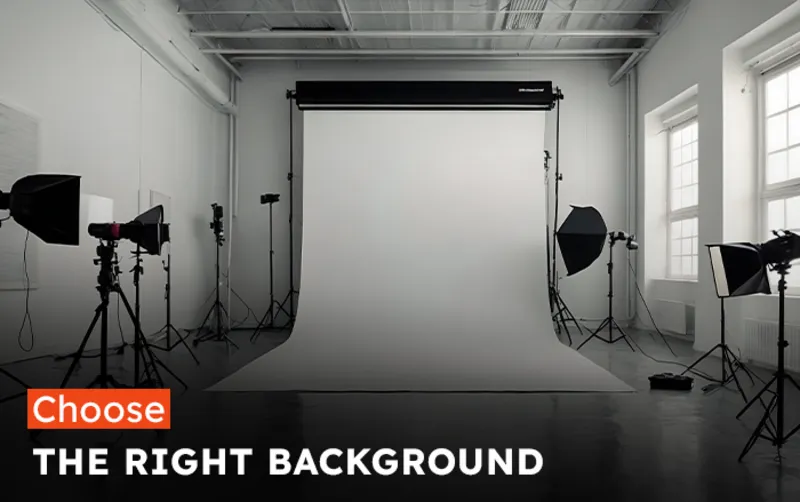
The background of a product photo should be simple so that the product is the center of attention. A solid color background, such as white or gray, is usually the best choice.
Tips:
Avoid using patterned or colorful backgrounds, as they will distract from the product.
Use a lightbox to create a consistent background and even lighting.
4. Use Detailed Photography Techniques
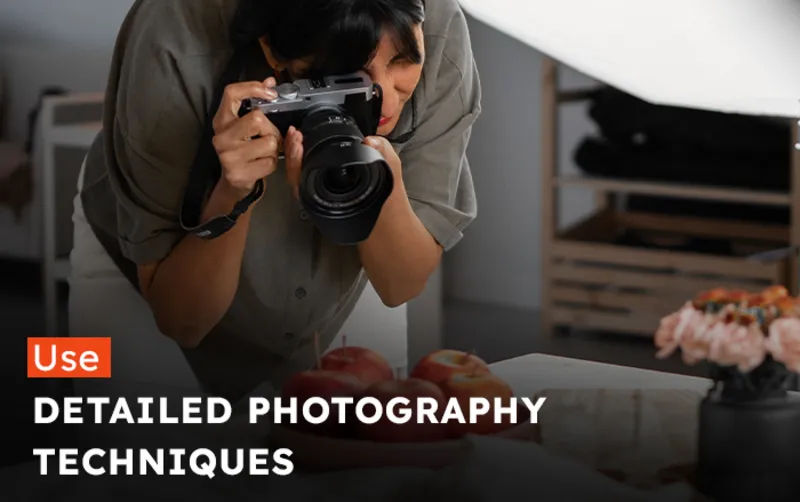
Macro photography helps customers see the details of the product, especially small items like jewelry or crafts.
Tips:
Use a macro lens or close-up mode on the camera or phone.
Ensure the light is strong enough and not obstructed to highlight small details.
5. Shoot from Multiple Angles
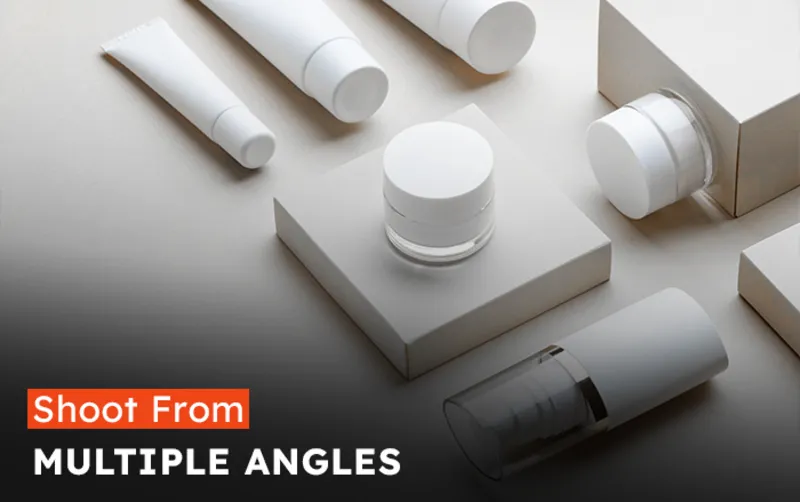
Customers cannot physically handle the product when shopping online, so photographing the product from multiple angles will give them a more comprehensive view.
Tips:
Shoot from different angles: front, top-down, bottom-up, and tilted angles.
Ensure each angle has good lighting and is shadow-free.
6. Edit Photos Reasonably
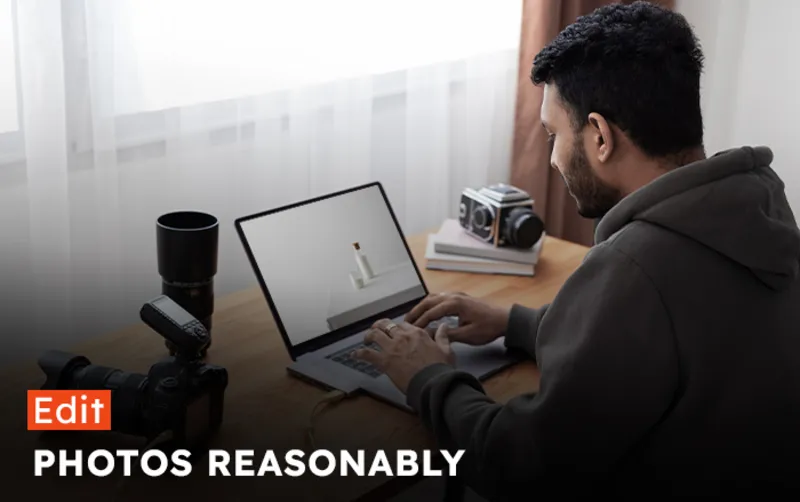
Photo editing is an essential step to make your product look professional and appealing. However, you need to edit reasonably to maintain the authenticity of the product.
Tips:
Use professional photo editing software like Adobe Photoshop, Lightroom, or mobile editing apps.
Adjust lighting, contrast, and colors but avoid changing too much from reality.
7. Add Product Images in Context

In addition to standalone product photos, take pictures of the product in real-life usage contexts. This helps customers better visualize the product in use.
Tips:
Photograph the product in the environment where it will be used, for example, a sofa in the living room or a coat outdoors.
Choose a simple and clean context so that the product remains the focus of the photo.
8. Always Experiment and Improve
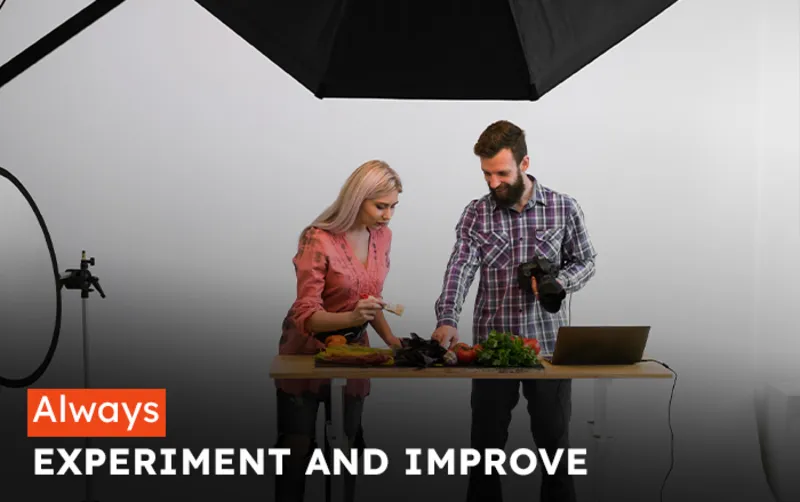
Product photography is a process of continuous experimentation and improvement. Each product, each context may require different techniques and approaches.
Tips:
Regularly review and evaluate the photos you have taken to find strengths and areas for improvement.
Learn from professional photographers and stay updated with new trends in product photography.
>>> Professional product photography with M&M Communications
Conclusion
Impressive product photography not only enhances the appeal of your products but also boosts your reputation and brand. By applying the above rules, combined with creativity and meticulousness, you will achieve beautiful and attractive product photos that draw customers in.
Remember, beautiful images are a crucial bridge between the product and the customer, and investing in product photography is always a wise choice. Good luck in creating impressive product photos!
